Emperor tetra - Nematobrycon palmeri
Scientific name: Nematobrycon palmeri
Common name: Emperor tetra
Family: Characidae
Usual size in fish tanks: 4 - 5 cm (1.57 - 1.97 inch)
014
Recommended pH range: 6.3 - 7.4
Recommended water hardness: 5 - 18°N (89.29 - 321.43ppm)
0°C 32°F30°C 86°F
Recommended temperature range: 23 - 27 °C (73.4 - 80.6°F)
The way how these fish reproduce: Spawning
Where the species comes from: South America
Temperament to its own species: peaceful
Temperament toward other fish species: peaceful
Usual place in the tank: Top levels
Origin
South America; Emperor tetras are to be found in the waterways of Colombia. The Emperor tetra inhabit slow moving water ways and as such this should be replicated in the aquarium.
Lifespan
The expected life span for Nematobrycon palmeri is 6 years.
Short description
Heavily planted tanks are well suited to this fish. To display their colouration properly, use a dark substrate. Only keep these with peaceful tank mates as they can be a bit nervous at times. They are an ideal addition to a community set up of similar sized species of fish that also have a peaceful disposition. Larger species of fish will see these as a food source. They are best kept in groups of at least 8 specimens, this will also allow them to display their natural swimming patterns and behaviour. Like all of the tetra species the males will squabble to sort out a dominancy order but these are quite peaceful and no physical damage will occur between the rival males.
The males display a beautiful colouration that stands out in the group, providing them with ideal conditions will display them at their best. Like all species of fish they do require high water quality so make sure that the filtration system is rated for the aquarium and perform regular water changes on a weekly basis.
Food and feeding
Emperor tetras will accept any foods. Use a quality flake for the staple diet and include live or frozen foods for treats. Daphnia, blood worms and brine shrimp are ideal. Live foods given as treats will also help to bring out the best colouration in the fish.
Sexing
The females are smaller than the males but have a rounder body shape. The males will have extended dorsal and caudal fins. The males should possess an extended ray in the middle of the caudal fin as well.
Breeding
Add some spawning mops or fine leaved plants to the breeding tank, only keep one breeding pair in the tank at a time as the males will become aggressive to other males. Spawning will commence at daybreak and may last for several hours. Once the eggs have been laid, remove the parents and the eggs should hatch in 1-2 days. When the fry are free swimming they can be fed on Infusoria or newly hatched brine shrimp.
Dimmed lighting will help with the breeding process as this will settle the parent fish quicker, always use an air driven sponge filter as this will allow you to slow the water flow right down and aid the male when fertilising the eggs.
Conditioning the parent fish will also help in the breeding process and this should be undertaken before the males and females are joined in the breeding tank, prior to this the two sexes should be kept separated.
Pictures
Bought by aqua-fish.net from jjphoto.dk.
Females
Males
Variant form
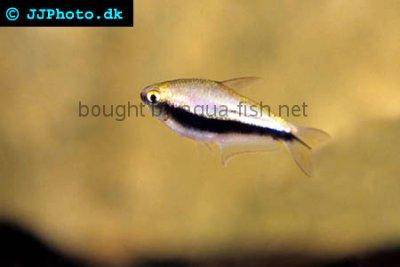










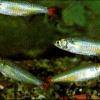 Bloodfin
Bloodfin 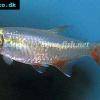 Bloodfin
Bloodfin  Panda
Panda 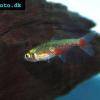 Green
Green 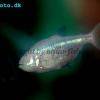 Blind
Blind  Kennedy
Kennedy 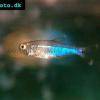 Blue
Blue 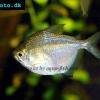 Discus
Discus 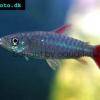 Pink
Pink 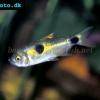 Bucktoothed
Bucktoothed 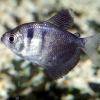 Black
Black 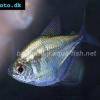 False
False 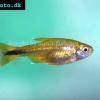 Silver
Silver  Hemigrammus
Hemigrammus 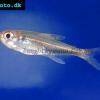 Dash-dot
Dash-dot  Rummy
Rummy 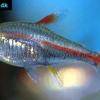 Glowlight
Glowlight 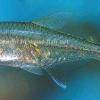 January
January 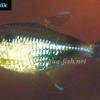 Head
Head 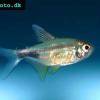 Garnet
Garnet 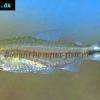 Rummy
Rummy  Gold
Gold  Red
Red 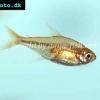 Ember
Ember 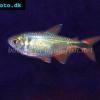 Buenos
Buenos 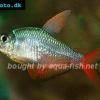 Colombian
Colombian 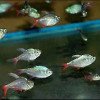 Ecuador
Ecuador  Bleeding
Bleeding 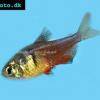 Flame
Flame 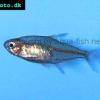 Georgett’s
Georgett’s 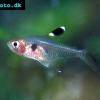 Griems
Griems  Kitty
Kitty 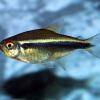 Black
Black 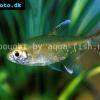 Firefin
Firefin 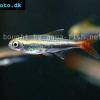 Loreto
Loreto 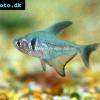 Black
Black 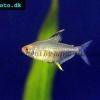 Lemon
Lemon 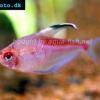 Redback
Redback 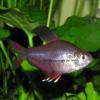 Rosy
Rosy 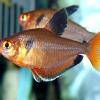 Serpae
Serpae 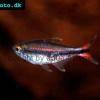 Savanna
Savanna 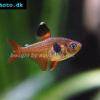 Red
Red  Blue
Blue 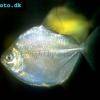 Silver
Silver 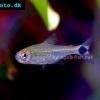 Ceros
Ceros  Napo
Napo 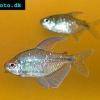 Diamond
Diamond 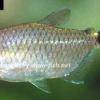 Red
Red 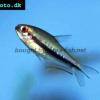 Rainbow
Rainbow  Cardinal
Cardinal 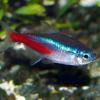 Neon
Neon 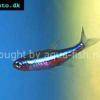 Green
Green 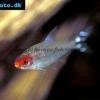 False
False  Glass
Glass 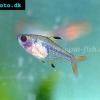 X-ray
X-ray 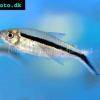 Penguin
Penguin